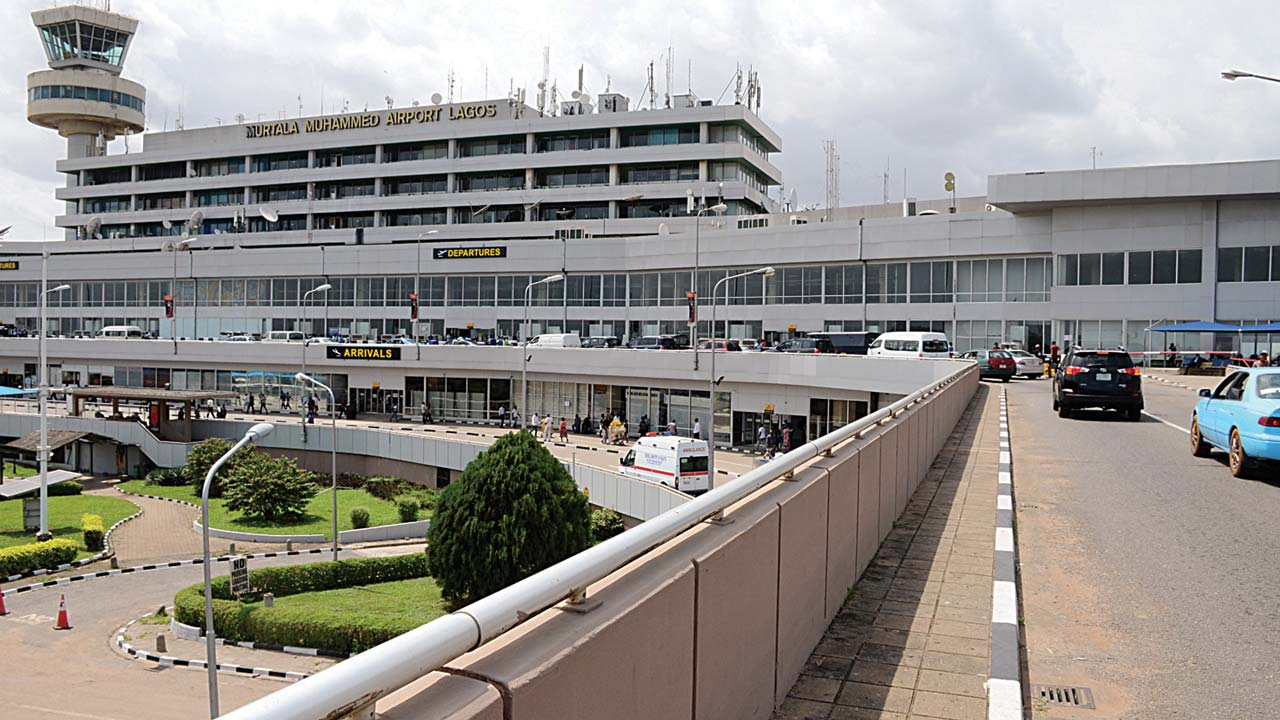A country’s airport infrastructure plays a very critical role. Airports in Nigeria urgently require capital investment to attract more passenger and cargo movement.
By Roy Ezze
The development of airports globally has continued to evolve as aviation and air transport in particular have steadily evolved over the past decades. Airports have especially followed the trend of technological advancement to meet the requirements of airlines. Currently, to become competitive and sustainable, airports strive to meet the needs of discerning passengers and other airport users, prioritizing the concept of ‘passenger experience’.
These evolutions have seen the introduction of self-service kiosks, capacity expansion, and currently the gradual phasing-in of contactless technology among airports worldwide. Airports have also shown remarkable evolution in ownership structure; most airports started out as government social services not necessarily meant for profit. Now, governments have realized the essence of running airports as profitable businesses; thus, increasingly airports are being considered for privatization to bring relevant expertise.
The Public-Private Participation (PPP) concept of airports development has been strongly promoted as most effective for airports transformation in Africa, since the model involves private sector experts working in synergy with government. Nigeria is among countries in Africa that have embraced the use of private sector to drive airports development. However, this has failed to yield the expected result as the first experiment of Build-Operate-and-Transfer (BoT) airport project involving the Murtala Muhammed Domestic Airport Terminal (MMA2) concession to BiCourteny Aviation Services has been mired in endless litigation and controversy.
Though this specific unsavoury example has discouraged many private investors, government still favours private sector participation to improve Nigeria’s airports. To prepare Nigerian airports for investors, Nigeria had remodeled its 22 airports with architectural facelift some years ago; though there are still scant core facilities for passenger and cargo facilitation, aircraft handling, among others. In fact, no Nigerian airport has an efficient transfer facility capable of positioning Nigeria as a key hub in the region.
New airports concession efforts
Given long-running outcry over the poor airports infrastructure in Nigeria, the Ministry of Aviation has taken new steps to introduce private sector investment in some major airports in Nigeria. Hadi Sirika, Nigeria’s Minister of Aviation, recently revealed that the Request for Proposals (RFP) phase of the Nigeria Airports Concession Programme (NACP), which ended September 2022 saw the emergence of Corporation America Airports Consortium as preferred bidder for the Nnamdi Azikiwe International Airport (NAIA), Abuja; while ENL Consortium was selected as the reserve bidder for the airport.
According to Sirika, for Murtala Muhammed International Airport (MMIA), Lagos, TAV/NAHCO/Project Planet Limited (PPL) Consortium emerged the preferred bidder; while Sifax/Changi Consortium became the reserve bidder for MMIA. For Mallam Aminu Kano International Airport (MAKIA) in Kano, Corporation America Airports Consortium emerged the preferred bidder; while no reserve bidder was selected for the airport so far. The concession process is expected to be concluded before 2022 ends.
No bidder for Port Harcourt Airport
Interestingly, however, one of Nigeria’s most active international and domestic airports, Port Harcourt Airport, had no bidder, even as the airport receives large international carriers like Air France.
This could be indicating that investors are interested in Nigerian airports already positioned to make revenue – the Murtala Muhammed Airport is located in West Africa’s biggest commercial city of Lagos; the Nnamdi Azikiwe International Airport is the closest air gateway to Nigeria’s political capital, Abuja; while the Mallam Aminu Kano International Airport is located in Kano, an ancient and modern commercial city and gateway to Northern Nigeria.
It could equally be a sign that Nigerian airports – as represented by Port Harcourt Airport – are not perceived, marketed or positioned to attract investors. In this current state-of-affairs, there may not be prospect of dependable investors in about 20 other airports in Nigeria.
There have also been misgivings over the current airport concession efforts, which some analysts interpret as a political ego-trip. Others believe the concession may go the way of previous concessions skewed by unscrupulous government officials to favour concessionaires for personal gains, and may risk revoking by subsequent administrations if found unacceptable.
How will Nigeria’s airports develop?
Private sector investors are the best choice to transform Nigerian airports with facilities including airport rail and aerotropolis, which the government has hinted at providing at the Lagos Airport. The Abuja Airport already has a metro rail line connecting the city, and many other airports need multimodal transport facilities to move cargo and passengers from remote locations. However, businesses essentially reflect the economies they operate in; and Nigeria’s ailing economy continues to make a huge impact on business in the country including airports and aviation businesses.
Currently, less than five percent of Nigeria’s 200 million population uses air transport, going by the annual domestic traffic figure of about 11 million, many of whom are repeat passengers. While about 70 percent of the population is below the poverty line, this indicates that Nigeria’s supposedly large population is but a mere potential yet to be converted to any aviation benefit for airport investors. Thus, in addition to embracing private sector investment, Nigeria must exit from its current heavy import-dependence and become a production-driven and export-based economy by providing essential energy and infrastructure, and drastically reducing cost of doing business. Making Nigeria a production-based commercial hub would provide the critical mass of air cargo to feed over 13 cargo airports in Nigeria.
Overtime, this will also economically empower millions to use air transport as a means of movement for business or pleasure, thus releasing more active air travellers into the market from the current non-flying population of over 150million people. Most importantly, with transparency from government and the private sector, Nigerian airports can be positioned to serve small and large economic communities, and equipped with facilities to handle economic activities such as tourism, agriculture, government and business travellers in the regions they serve.



